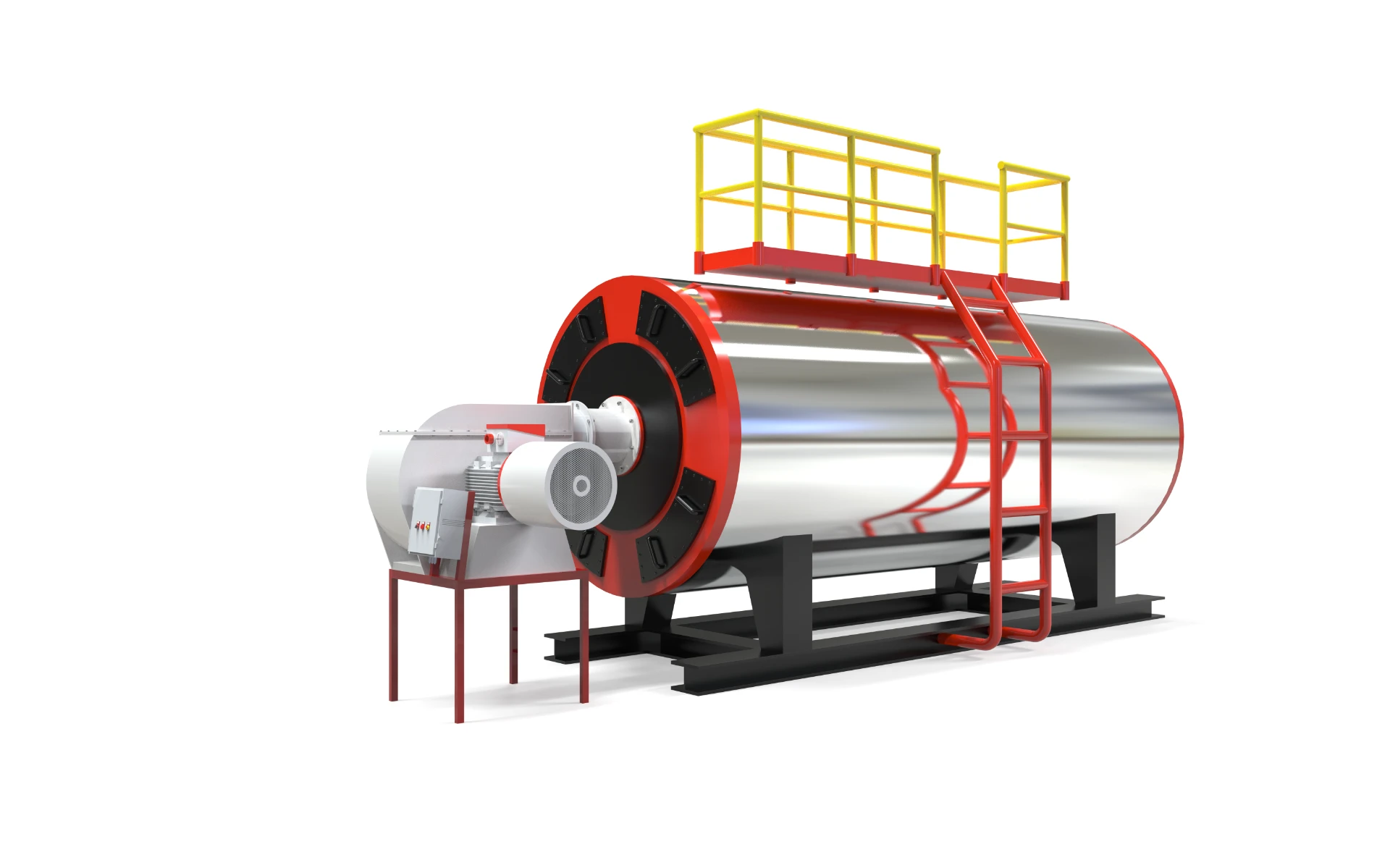
Dec . 12, 2024 09:23 Back to list
steam boiler chemical treatment
Understanding Chemical Treatment in Steam Boilers
Steam boilers are integral components in various industries, providing a reliable source of steam for heating, power generation, and processes. However, maintaining the efficiency and longevity of a steam boiler system requires careful attention to water quality and chemical treatment. This article explores the significance of chemical treatment in steam boilers, focusing on its objectives, types of chemicals used, and the benefits it offers.
The primary objective of chemical treatment in steam boilers is to prevent corrosion, scale formation, and other detrimental effects that can arise from the use of untreated water. When water is heated to produce steam, it undergoes various changes, and impurities can lead to issues such as pitting corrosion, which damages the boiler metal and compromises its structural integrity. Additionally, the formation of scale—deposits of mineral substances—can insulate heating surfaces, reducing efficiency and increasing fuel consumption.
To combat these problems, various chemical treatments are employed
1. Oxygen Scavengers These chemicals, such as sodium sulfite or hydrazine, are used to remove dissolved oxygen present in water. Oxygen is a significant contributor to corrosion, and by scavenging it, these chemicals reduce the likelihood of oxidative damage to the boiler's metal components.
2. Alkalinity Agents Maintaining proper pH levels is crucial for preventing corrosion and scaling. Alkalinity agents, like sodium hydroxide or sodium carbonate, are introduced to raise the pH of the boiler water, creating a more protective environment for the metallic surfaces.
steam boiler chemical treatment

3. Scale Inhibitors These compounds, which can be organic or inorganic, prevent the formation of scale by altering the crystallization process of minerals. Common scale inhibitors include polyacrylic acids and phosphonates. By keeping mineral deposits in solution, they help maintain efficient heat transfer and reduce maintenance requirements.
4. Biocides To prevent the growth of bacteria and fungi in the boiler system, biocides are often added. Microbial contamination can lead to the production of corrosive by-products or sludge formation, which can compromise boiler efficiency.
5. Condensate Treatment Chemicals As steam condenses back into water, it can carry over certain contaminants. Treating condensate with appropriate chemicals ensures that it remains within acceptable parameters before being returned to the boiler system.
Implementing a chemical treatment program in a steam boiler system offers several benefits. Firstly, it enhances the operational efficiency of the boiler by minimizing overheating and maximizing heat transfer, leading to reduced energy costs. Secondly, it prolongs the life of the boiler, as regular chemical treatment can significantly mitigate wear and tear caused by corrosion and scale. Lastly, a well-maintained boiler system results in lower emissions and a reduced environmental impact, aligning with modern sustainability goals.
In conclusion, chemical treatment in steam boilers is a critical aspect of boiler management that cannot be overlooked. By understanding the various chemicals used and their purposes, operators can effectively maintain their systems, ensuring they operate at peak efficiency while prolonging their lifespan. This proactive approach not only saves money but also contributes to safer and more sustainable industrial operations. Investing in proper chemical treatment is, therefore, vital for the optimal functioning of steam boiler systems.
-
High-Efficiency Commercial Oil Fired Steam Boiler for Industry
NewsJul.30,2025
-
High-Efficiency Biomass Fired Thermal Oil Boiler Solutions
NewsJul.30,2025
-
High Efficiency Gas Fired Thermal Oil Boiler for Industrial Heating
NewsJul.29,2025
-
High-Efficiency Gas Fired Hot Water Boiler for Sale – Reliable & Affordable
NewsJul.29,2025
-
High Efficiency Biomass Fired Hot Water Boiler for Industrial and Commercial Use
NewsJul.29,2025
-
High-Efficiency Biomass Fired Hot Water Boiler for Industrial Use
NewsJul.28,2025
Related PRODUCTS






















